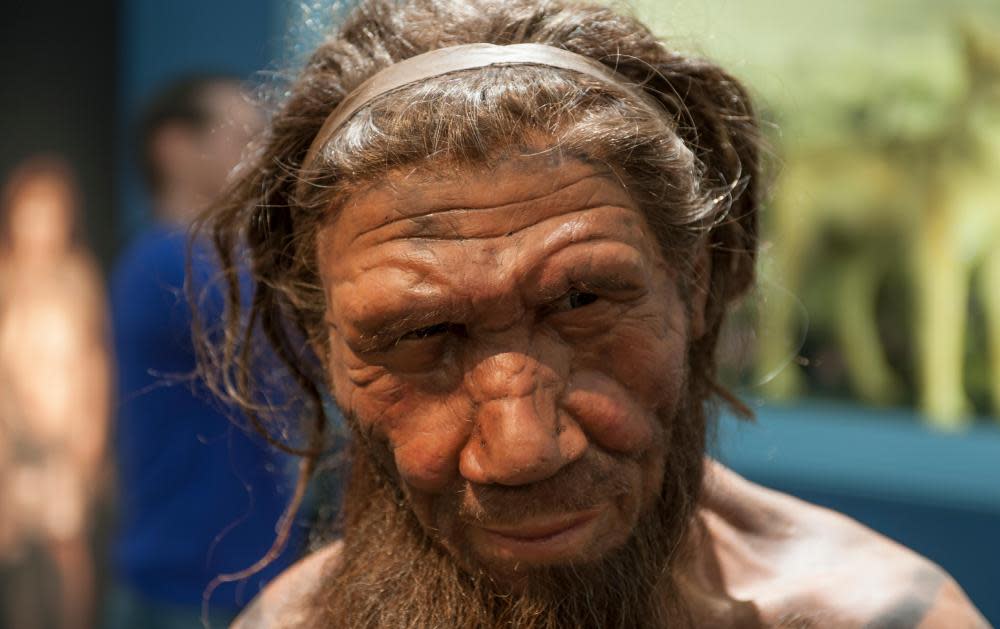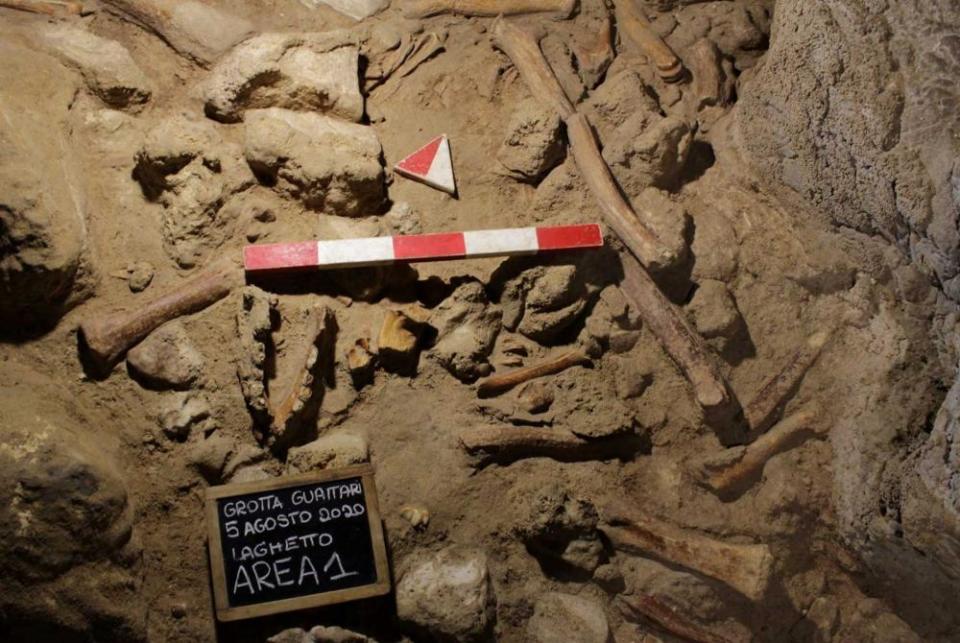Tiny traces of DNA found in cave dust may unlock secret life of Neanderthals

Scientists have pinpointed major changes in Europe’s Neanderthal populations – from traces of blood and excrement they left behind in a Spanish cave 100,000 years ago.
The discovery is the first important demonstration of a powerful new technique that allows researchers to study DNA recovered from cave sediments. No fossils or stone tools are needed for such studies. Instead, minuscule traces of genetic material that have accumulated in the dust of a cavern floor are employed to reveal ancient secrets.
The power of cave dirt DNA analysis is the scientific equivalent of “extracting gold dust from the air”, as one researcher put it, and has raised hopes that it could transform our understanding of how our predecessors behaved.
“The potential of this technology is fantastic,” said Professor Chris Stringer of the Natural History Museum, London. “You don’t need to have a stone tool or a fossil bone to find out if an ancient human had lived or worked at a site. All you need is the DNA that they left behind in the debris of their cave homes. That has enormous implications for all sorts of investigations.”
Targets for future cave dirt DNA analyses include studies of the Denisovans, a mysterious species of early humans who lived in east Asia tens of thousands of years ago. By studying sediments in caves and other sites in India, China and other parts of Asia, scientists could discover how widely the species spread before becoming extinct.
The technique could also help researchers shed new light on Homo floresiensis, the small-bodied “Hobbit” people who lived in Indonesia more than 50,000 years ago, but who left only a meagre collection of remains. In addition, it could be used to pinpoint the exact timing of the exodus of modern humans from Africa and their entry into Europe tens of millennia in the past.

In each case, current studies have been frustrated by a lack of hard evidence, an issue that does not affect cave dirt DNA analysis. Developed by scientists based at Germany’s Max Planck Institute for Evolutionary Anthropology four years ago, the technique’s usefulness was demonstrated in a “proof of concept” paper published in the journal Science in 2017. Scientists revealed they could identify Neanderthal DNA among all the other scraps of genetic material left behind in caves.
Now the team have taken the technology to a new level by studying the exact genetic identity of Neanderthals who once lived in the cave Galería de las Estatuas – or the Gallery of Statues – in northern Spain. Results were again published in Science.
“Galería de las Estatuas is a well-studied cave in which we have clear evidence of Neanderthals having lived there for tens of thousands of years,” said Max Planck researcher Benjamin Vernot, who led the investigation. “We don’t think they buried their dead there but we do believe they may have butchered meat there. Occasionally, they would have cut themselves and would have bled on the cave floor. Similarly, their babies would have deposited excrement there and so left their DNA behind.”
The key point about Galería de las Estatuas is that it has been studied very carefully by palaeontologists and archaeologists so that each layer of cave sediment has been analysed and dated precisely. “That means we could put an exact date to the samples of DNA that we found in each layer,” said Vernot. And that led to an unexpected discovery. The team found that, about 100,000 years ago, the population who had been living in the cave for millennia were replaced by a completely different group of Neanderthal people.
“It was as if a modern human population of Europeans had been replaced by East Asians,” said Vernot. “However, we have no idea whether this was a violent replacement or a relatively slow process.”
However, Vernot pointed out that at around this time Earth experienced a significant change in climate when weather systems cooled. “It could be that the first population could not tolerate or survive the cold in the area surrounding Galería de las Estatuas and died out or decided to leave. Later, when the weather improved, a new population – with a different genetic signature – moved in,” added Vernot.
That reveals the power of cave dirt DNA analysis, said Stringer.
“Getting a bigger picture of how past populations of ancient humans, such as the Neanderthals, moved around has been difficult to assess just from occasional bits of bone and the odd stone tool,” he said. “However, studying the DNA they have left behind gives us an entirely new window on our prehistory.”

 Yahoo News
Yahoo News 
